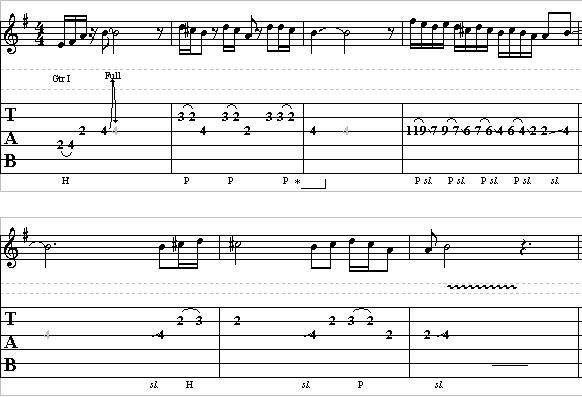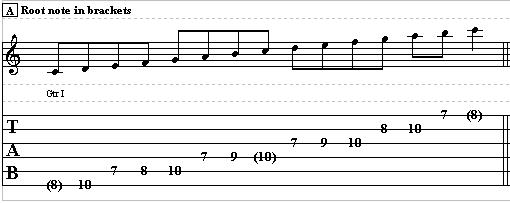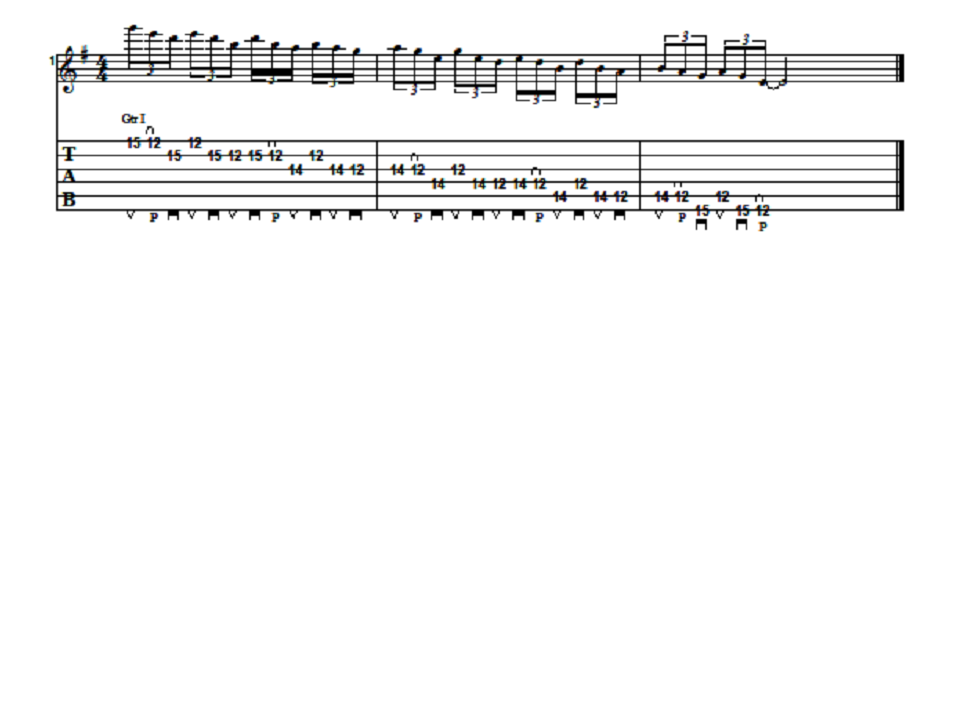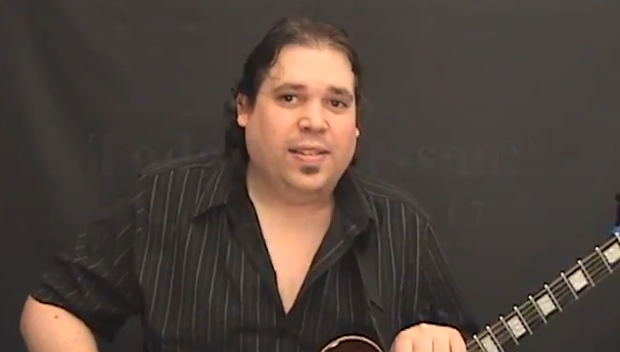Hey, guys. Claude Johnson here and I want to talk about
spicing-up your basic pentatonic scale with all 12 notes.
All right, so let’s go to the key of A, got our basic
pentatonic sound. Now, if you’re not familiar with this
basic scale, please check out my beginner course called
“Killer Lead Guitar Made Simple”.
So I assume you’ve got that basic scale down. Here are
some other notes you can add. First of all, the major 3rd.
It’s just one fret up from the minor 3rd. So 5th fret,
G string, hammer to the 6th. Pretty easy. It’s only a
three-note lick. I know you can get that one.
Next, let’s look at the 9th, which is the B note. i
That’s two frets up from your root. So you have A and
then B. So if you compare just a normal pentatonic
tonality to one where you’re including that B note,
it’s got a little bit of sweetness, but it’s also got
a little bit of tension, right? It’s great to use for
like a blues turnaround. Stevie Ray, I love that kind of sound.
How about the 6th, which is the F sharp. This is used
in the Dorian mode, mixolydian mode, it’s also the 3rd
of the 4 chord. It sounds complicated, but this is really
important, so check this out. One chord is your A-7,
then you go to your 4 chord, D-7. Now, that D — that’s
your F sharp, which is your 3rd of your 4 chord. So you
can use that leading into that chord. You can also use
it just by itself as kind of a flavor note. Again, just
pentatonic versus…
Next, I want to talk about the blue note, your flat 5th.
It’s a great passing tone. Instead of just going down
the scale, you go like this. Here’s a classic Hendrix
lick. And you can use it as a passing tone. I also talk
about other ways you can use it in my other course,
“Killer Guitar Control Secrets”.
All right, let’s look at the augmented 5th, which is
your F. Now, this one can be part of the minor scale.
So you can combine the minor pentatonic with natural minor.
Pentatonic and minor. That’s definitely part of that minor
scale. Or you can just add that one note with the pentatonic
scale. I call it the southern rock [unintelligible – 03:57].
It’s a great, useful note to add in there.
The next note is your flated 9th, which is just one fret
up from your root. So in the key of A, A sharp. It sounds
like a very outside, dissonant note. You don’t want to
lean on it too much. But what you can do is just kind
of like — you can go back and forth from your root,
hop up to that flatted 9th and back. Nice little exact
sound there. You can do a hammer-on/pull-off or a slide.
And if you want to get a little more fancy, you can throw
in like the locrian mode or the phrygian mode.
Last but not least, we have the major 7th which is one
fret down from your root. And again, you can use that
little kind of like sliding back from the root.
You can do that. You can use it as part of the major
7th arpeggio or the harmonic minor scale. Or, this is
also the 3rd of the 5th. It almost didn’t sound like
dissonant when I used it there, right?
[unintelligible – 05:55] you that lick over time.
Something like that.
So that’s all I got for today. Try playing around
with these different notes. You don’t think about
it or theorize, just try experimenting with it.
When you’re playing an A pentatonic, throw in some
other notes. Just get crazy with it; get wild and
I’ll catch you with the next lesson. See ya.




